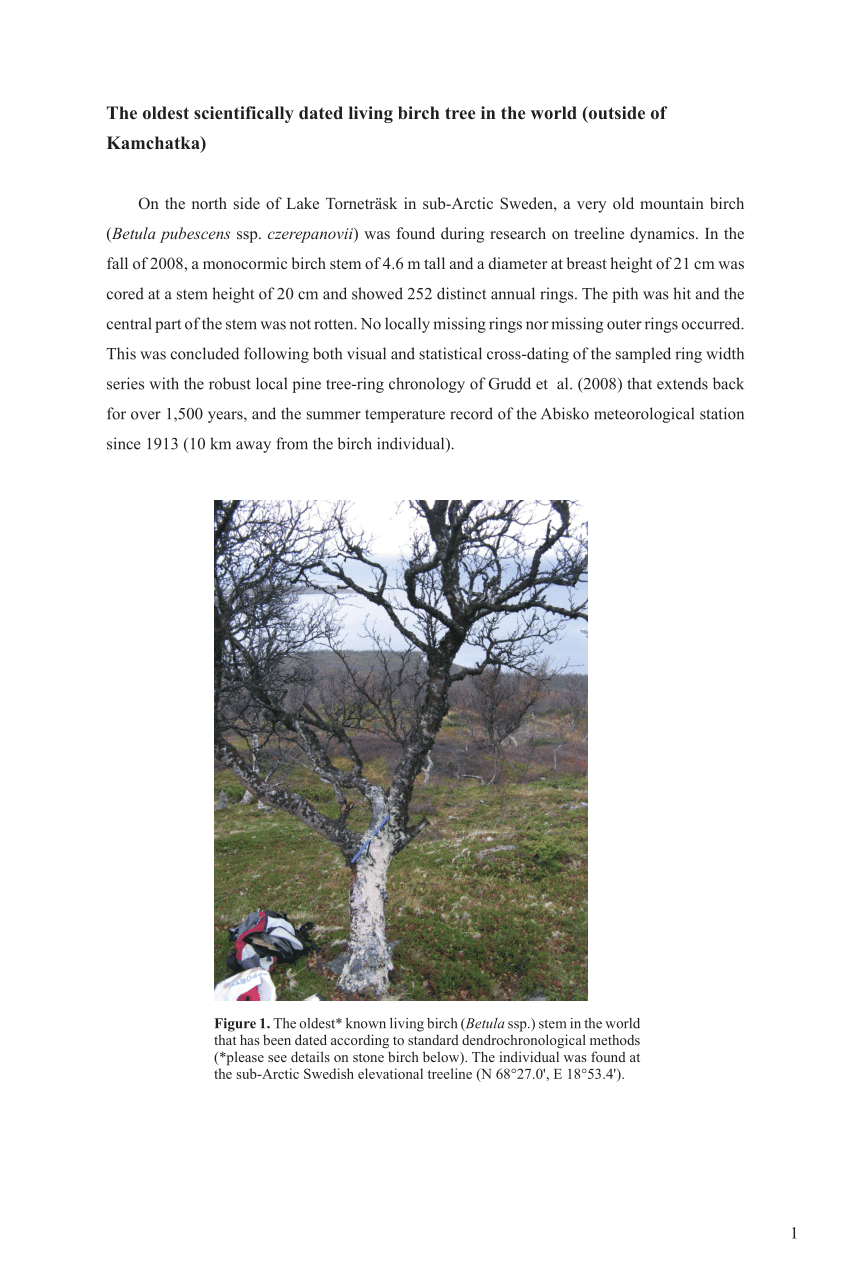Leo in N E Illinois
The Professor
- Messages
- 11,341
- Reaction score
- 23,294
- USDA Zone
- 5b
Plant cells don't have telomeres, they're different than animal cells.
My point was, plants are not immortal, but compared to a human lifespan, we certainly can treat them like immortals. The lifespan tables are based on functionality, for timber harvest or for decorative landscape use, the "short lived trees" can in fact live hundreds, possibly even thousands of years beyond published "functionality based" lifespan tables.
My point was, plants are not immortal, but compared to a human lifespan, we certainly can treat them like immortals. The lifespan tables are based on functionality, for timber harvest or for decorative landscape use, the "short lived trees" can in fact live hundreds, possibly even thousands of years beyond published "functionality based" lifespan tables.

